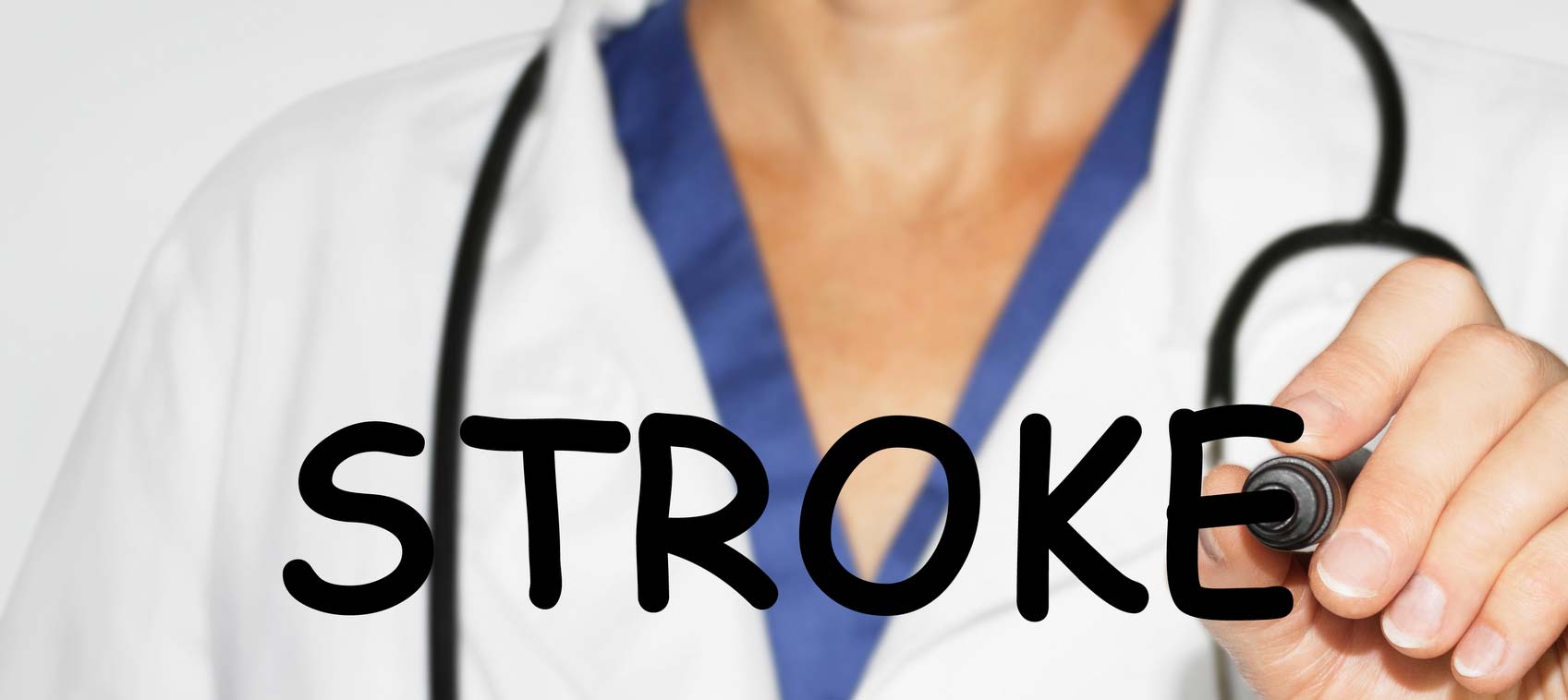
We often hear that women have different heart attack symptoms than men, but did you know stroke symptoms for women can be different, too? Unfortunately, I have first-hand experience with this. I was just 13 years old when my grandmother died from a massive stroke—and I can’t help but think early detection of the symptoms could have saved her life.
Symptoms of a Stroke in Women
For men, strokes tend to present themselves with traditional symptoms such as slurred speech, a sudden headache, one-sided weakness in the face or body, double vision or loss of vision, and imbalance.
While women should watch for those same traditional stroke symptoms, they should also pay attention to the subtle warning signs of a stroke in women, including:
- Facial pain
- One-sided limb pain
- Nonspecific chest pain
- Shortness of breath
- Palpitations
- Hiccups
- Nausea
- Generalized weakness
Should you experience traditional or nontraditional symptoms of a stroke in women, call your physician immediately and get to an emergency care facility. If you have severe symptoms, such as fluctuations of consciousness, slurred speech, or profound sudden weakness of one side of the body, don’t wait—call 911.
Even If Your Stroke Symptoms Disappear, Seek Medical Attention
If you have symptoms of a stroke that dissipate in just a few minutes (or longer), it’s still important to seek medical attention. That’s because your stroke symptoms could be caused by a transient ischemic attack (TIA)—often called a ministroke. While ministrokes tend to occur most frequently in people over 60, 10 to 14% of ministrokes happen in younger people including teenagers.
Symptoms of a ministroke in a woman are the same as those of a full-blown stroke. But with a ministroke, the blood clot that caused the stroke symptoms is dissolved by the body’s own anti-clotting agents.
While there’s no permanent brain damage with a ministroke, it’s often called a “warning stroke” because it can signal that you’re at risk for a full-blown stroke, where your body can’t dissolve the clot and brain damage can occur. According to the American Stroke Association, a third of all people who experience a ministroke have a full-blown stroke within a few days, or weeks. So, promptly seeking medical attention is extremely important.
Women Have a Higher Stroke Risk Than Men
Each year, strokes are responsible for approximately 140,000 deaths in the U.S., and women are more likely than men to have a stroke—and to die from that stroke. In a study published in 2018 in the journal Stroke, a team of researchers from Brigham and Women’s Hospital Department of Medicine found that the following risk factors make a woman more likely to have a stroke:
- Getting their period before age 10
- Beginning menopause before age 45
- Taking oral estrogen or combined oral contraceptives
- Having low levels of DHEA
- A history of gestational diabetes or hypertension after pregnancy
- Experiencing preeclampsia with childbirth
Women, like men, also have the traditional risk factors for strokes:
- High blood pressure
- Obesity
- Atrial fibrillation
- Arterial disease
- Valvular heart disease
- Smoking
- High levels of c-reactive protein (CRP) (an optimal CRP level is less than 0.8 mg/dL)
- High levels of interleukin-6 (an optimal interleukin-6 level is 0.0 to 12.0 pg/mL)
- Low HDL cholesterol (less than 40 mg/dL for women and 35 mg/dL for men)
If you have risk factors for a stroke, particularly high blood pressure, you may want to get a PLAC test to measure your stroke risk. The PLAC test measures your level of lipoprotein associated phospholipase A2, an enzyme linked with inflammation of the blood vessels that can lead to plaque formation and rupture—resulting in a stroke.
Ways to Prevent a Stroke
If you’re wondering how to prevent a stroke, the good news is that a healthy lifestyle can reduce your stroke risk significantly.
Here are the most powerful ways to prevent a stroke:
- Maintain a healthy weight
- Eat a heart-healthy Pan Asian Modified Mediterranean (PAMM) Diet
- Reduce stress
- Maintain a healthy blood pressure
- Exercise
- Limit alcohol consumption to four drinks per week, or less
- Manage your emotions
- Quit smoking
Another important way to prevent a stroke is to make sure your doctor listens to your carotid arteries during your regular checkups. If it sounds like there is an obstruction, you will need an ultrasound to check for thickening of the arterial walls, and/or plaque that can lead to a stroke.


